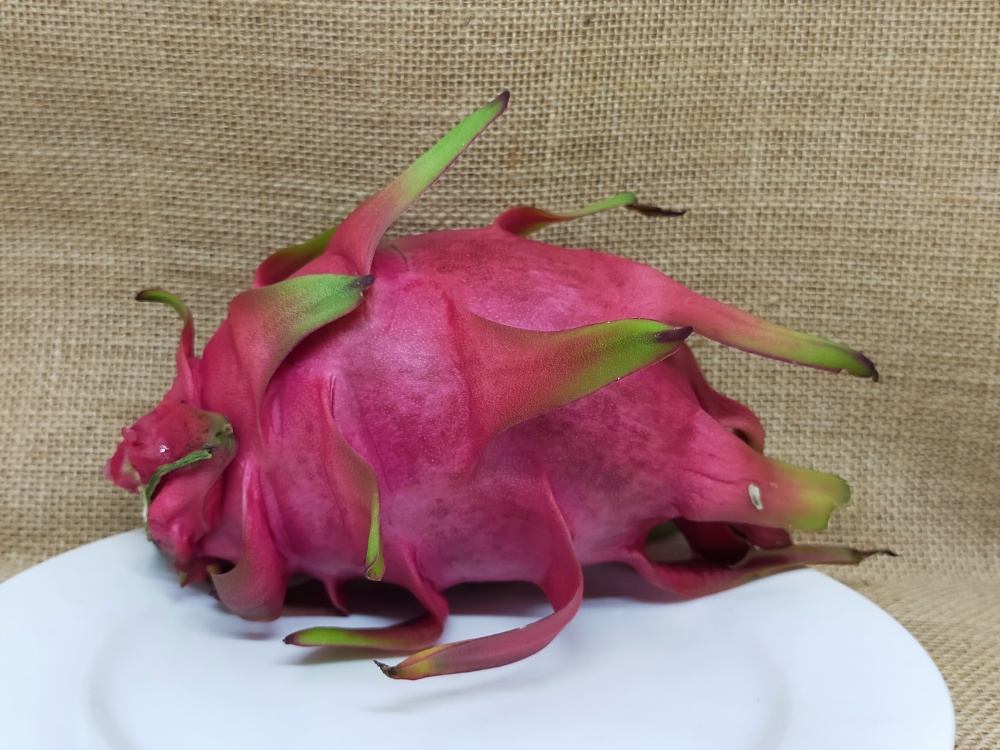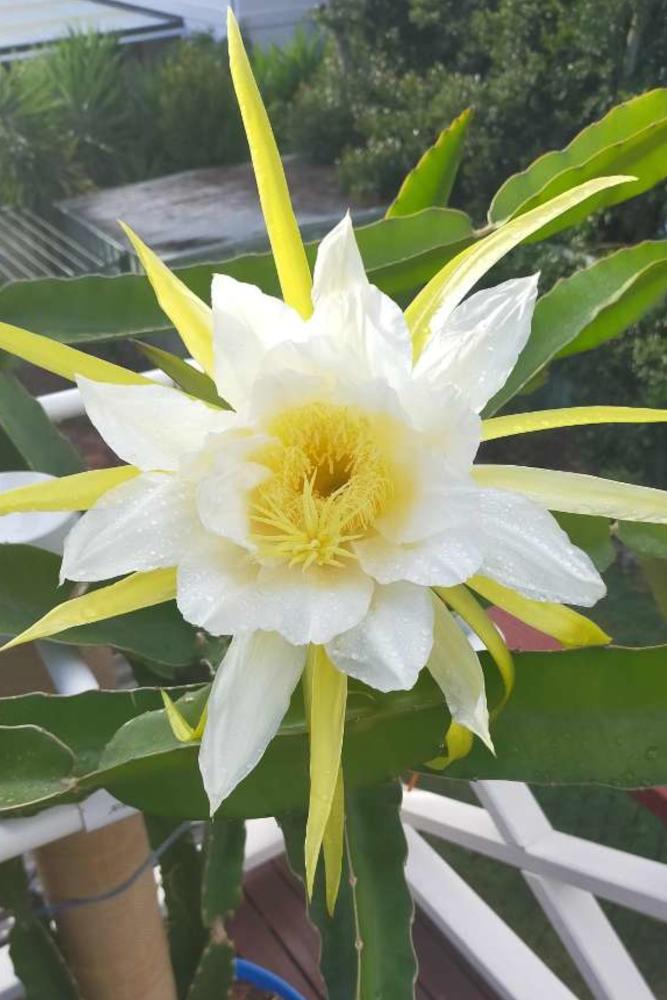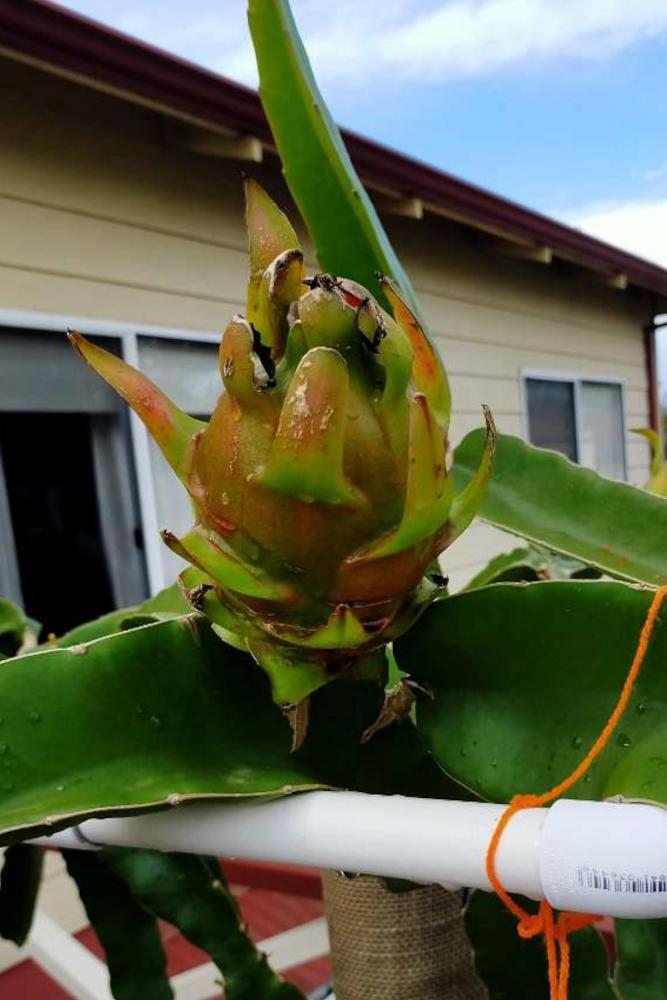Overview
Hylocereus polyrhizus, cv. Colombian Supreme


Other names: Common Red
Pollination: self-fertile
This variety, as can probably be inferred from the name, is the common, red-fleshed variety. It is known to be high in antioxidants and has a refreshing taste when chilled. While the flavour is not strong, the berry undertones make it worth your while. Under the right conditions, growth gets very aggressive, and can exceed 10cm in width. However, this variety is susceptible to sun burn and many of the branches will shrivel up or turn to sludge in the summer if you are not careful. Cactus rust can also be an issue in winter if immediate action is not taken. Aside from this, its high production, abundant pollen, and refreshing taste make it a must-have for every home gardener.

Buds
Colombian Supreme is a prolific producer, budding late into the season, sometimes even producing winter fruits. The buds produce lots of sap which attracts hoards of ants, however this doesn’t seem to affect their progression. As with most red-fleshed varieties, the buds have red tips. When Colombian Supreme matures, it becomes necessary to thin the buds, otherwise the branches become shrivelled from too much strain, leaving you with tiny fruit and an unhealthy plant.



Flowers
This variety has very large, strongly scented flowers. The stigma protrudes slightly away from the anthers, however, which makes self-pollination unreliable.
Colombian Supreme produces an abundance of pollen, with each flower
containing many times more pollen than a typical dragon fruit flower. I have successfully pollinated a self-sterile variety of dragon fruit with
9-month-old frozen Colombian Supreme pollen which is quite remarkable. What is even better is that the flowers seem to open for more nights in a row than other varieties, so there is often fresh pollen at hand.


Fruit
My first Colombian Supreme fruits were quite large, however, in the coming seasons with many more buds, the fruits size dropped significantly from around 500 grams to around 200-300 grams. I don’t see this as a problem due to the sheer
number
of fruits produced, and
the flavour only improving with age.
Once the fruits begin to change colour, it is only a matter of days before they are ready to pick – any longer and they will
split. This is interesting given the much longer ripening time of other varieties such as Vietnam White.

